Halloween is the spookiest night of the year, where some people say spirits can wander the earth freely, and others say their children can wander the neighborhood unattended, trick-or-treating or causing havoc.
But how much do you really know about Halloween? As Hallow's Eve approaches, learn a little bit more about the holiday. You might be surprised at what you find.
1. There's a $1,000 fine for using or selling Silly String in Hollywood on Halloween.
The prank product has been banned in Hollywood since 2004 after thousands of bored people would buy it on the streets of Hollywood from illegal vendors and "vandalize" the streets. The city ordinance calls for a maximum $1,000 fine and/or six months in jail for "use, possession, sale or distribution of Silly String in Hollywood from 12:01 AM on October 31 to 12:00 PM on November 1."
2. Dressing up on Halloween comes from the Celts.
Celts believed Samhain was a time when the wall between our world and the paranormal world was porous and spirits could get through. Because of this belief, it was common for the Celts to wear costumes and masks during the festival to ward off or befuddle any evil spirits.
3. The moniker "Halloween" comes from the Catholics.
Hallowmas is a three-day Catholic holiday where saints are honored and people pray for the recently deceased. At the start of the 11th century, it was decreed by the pope that it would last from Oct. 31 (All Hallow's Eve) until Nov. 2, most likely because that was when Samhain was celebrated and the church was trying to convert the pagans.
"All Hallow's Eve" then evolved into "All Hallow's Even," and by the 18th century it was commonly referred to as "Hallowe'en."
4. We should carve turnips, not pumpkins.
The origin of Jack-O-Lanterns comes from a Celtic folk tale of a stingy farmer named Jack who would constantly play tricks on the devil. The devil responded by forcing him to wander purgatory with only a burning lump of coal from hell. Jack took the coal and made a lantern from a turnip, using it to guide his lost soul.
The myth was brought over by Irish families fleeing the potato famine in the 1800s, and since turnips were hard to come by in the U.S., America's pumpkins were used as a substitute to guide lost souls and keep evil spirits like "Jack of the Lantern" away
.
5. Halloween symbols aren't random.
Black cats, spiders, and bats are all Halloween symbols because of their spooky history and ties to Wiccans. All three were thought to be the familiars of witches in the middle ages, and are often associated with bad luck.
Bats are even further connected to Halloween by the ancient Samhain ritual of building a bonfire, which drove away insects and attracted bats.
6. Fears of poisoned Halloween candy are unfounded.
One of our parents' biggest fears is that their child's Halloween candy is poisoned or contains razor blades.
In reality, this fear is almost entirely unfounded. There are only two known cases of poisoning, and both involved relatives, according to LiveScience. In 1970, a boy died of a heroin overdose. The investigators found it on his candy, but in a twist, they later discovered the boy had accidentally consumed some of his uncle's heroin stash, and the family had sprinkled some on the candy to cover up the incident.
Even more horrifically, in 1974 Timothy O'Bryan died after eating a Pixy Stix his father had laced with cyanide to collect on the insurance money, according to Smithsonian Magazine.
7. Halloween and the candy industry supposedly influenced Daylight Savings Time.
Candy makers supposedly lobbied to extend daylight savings time into the beginning of November to get an extra hour of daylight so children could collect even more candy (thus forcing people to purchase more candy to meet the demand).
They wanted it so badly that during the 1985 hearings on Daylight Savings they put candy pumpkins on the seat of every senator, according to NPR. (The candy industry disputes this account, according to The New York Times.)
8. Candy Corn was originally known as "chicken feed."
Invented by George Renninger, a candy maker at the Wunderle Candy Company of Philadelphia in the 1880s, Candy Corn was originally called "butter cream candies" and "chicken feed" since back then, corn was commonly used as food for livestock (they even had a rooster on the candy boxes).
It had no association with Halloween or fall, and was sold seasonally from March to November. After World War II, advertisers began marketing it as a special Halloween treat due to its colors and ties to the fall harvest.
9. A full moon on Halloween is extremely rare.
Though a common trope in horror movies and Halloween decorations with witches flying across the full moon, the next full moon on Halloween won't occur until 2020.
The most recent Halloween full moon was back in 2001, and before that, it was in 1955.
10. Halloween is still the Wiccan New Year.
Halloween originates from a Celtic tradition called Samhain, a festival that marked the end of the Celtic calendar year in Ireland, Scotland, and the Isle of Man. They believed it was a time that spirits or fairies could enter our world, and the Celts would put out treats and food to placate the spirits — sometimes, a place at the table was even set for the souls of the dead.
Wiccans still celebrate Samhain as a New Year celebration today.
11. Trick-or-treating has been around for a long time.
Versions of trick-or-treating have existed since medieval times. In the past, it was known as "guising" where children and poor adults went around in costumes during Hallowmas begging for food and money in exchange for songs or prayers. It was also called "fouling."
12. Trick-or-treating as we know it was re-popularized by cartoons.
Trick-or-treating was brought to America by the Irish and became popular during the early 20th century, but died out during WWII when sugar was rationed. After the rationing ended in 1947, children's magazine "Jack and Jill," radio program "The Adventures of Ozzie and Harriet," and the "Peanuts" comic strip all helped to re-popularize the tradition of dressing up in costumes and asking for candy from door-to-door.
By 1952, trick-or-treating was hugely popular again.
13. Halloween is the second-most commercial American holiday of the year.
The candy industry in America rakes in an average of $2 billion annually thanks to Halloween (that's 90 million pounds of chocolate).
Americans spend an estimated $6 billion on Halloween annually, including candy, costumes, and decorations, according to History.com. (The most commercial holiday in the U.S. is obviously Christmas.)

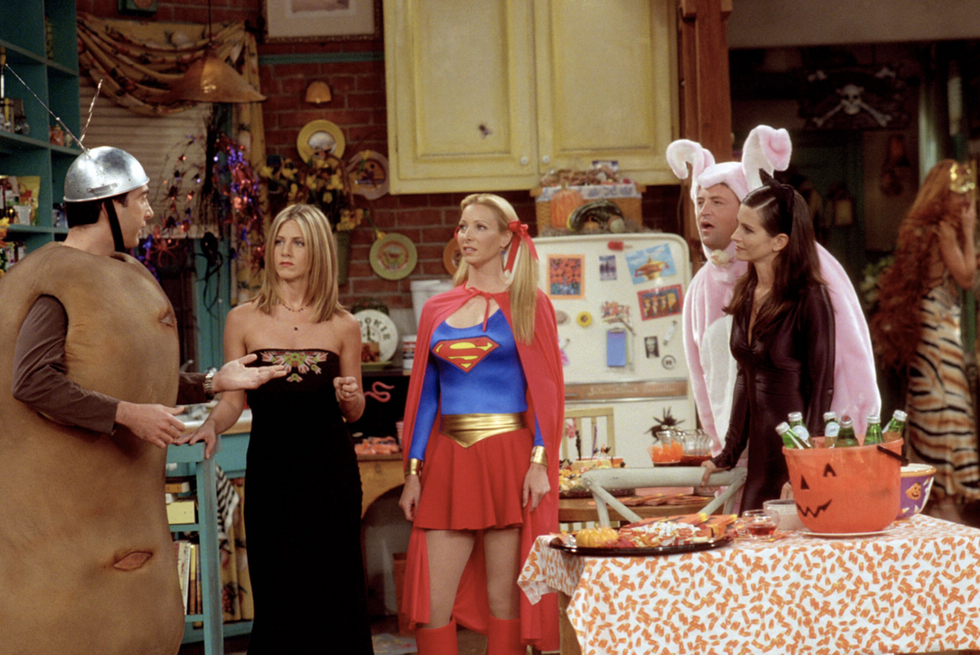














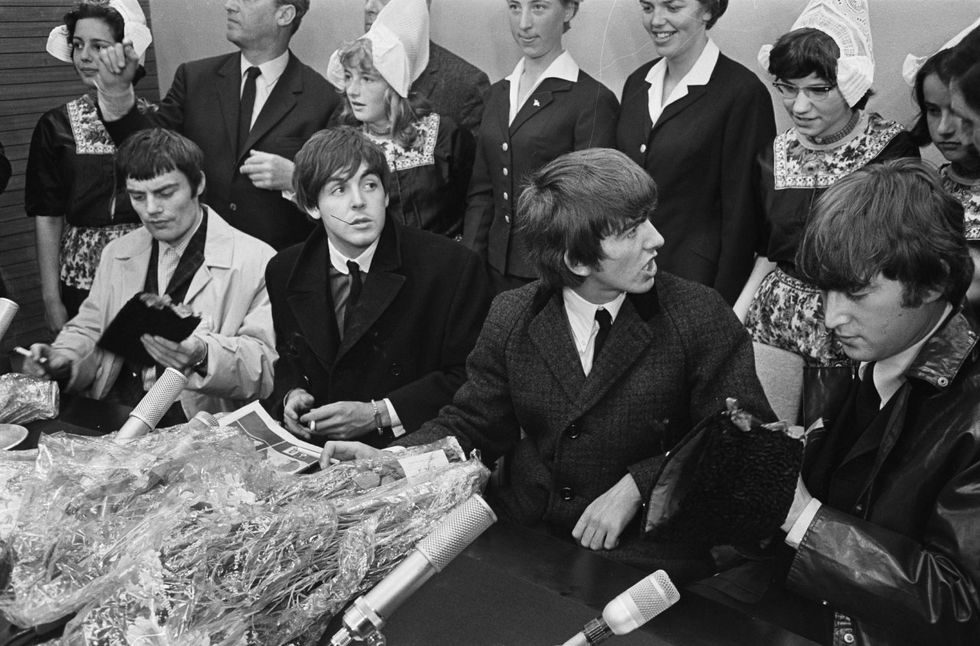
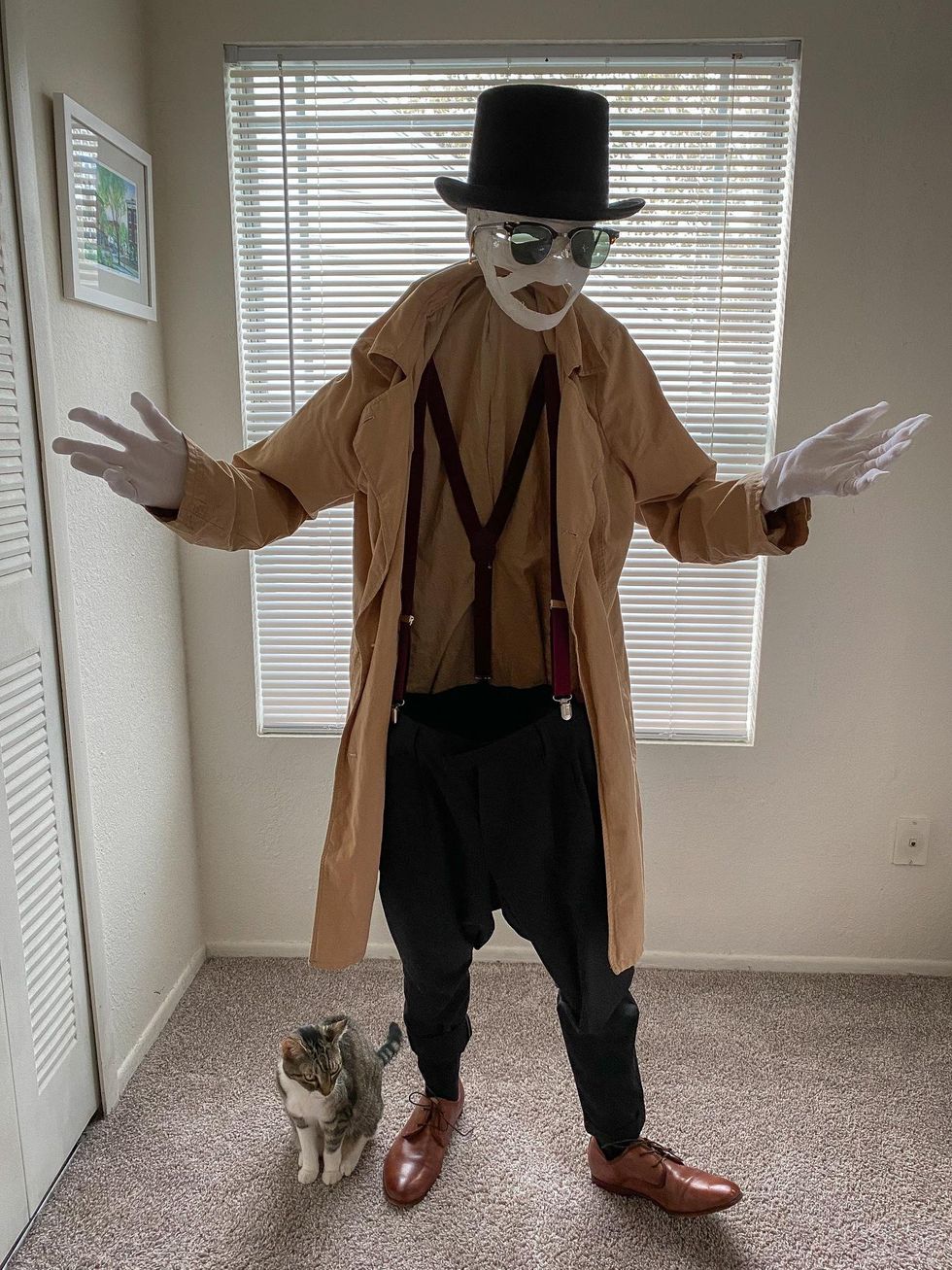
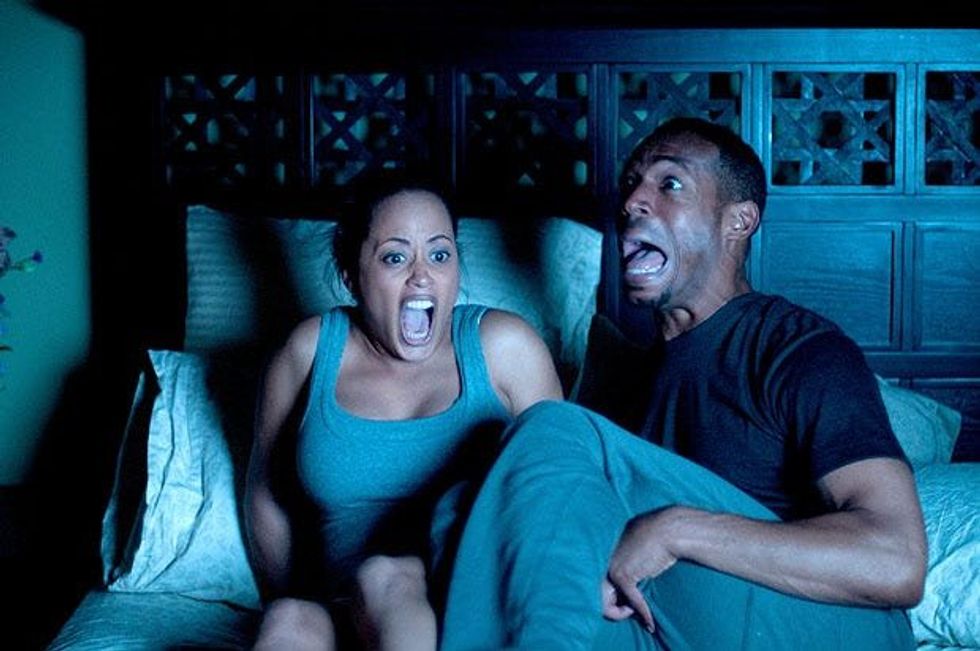
 Going to the cinema alone is good for your mental health, says science
Going to the cinema alone is good for your mental health, says science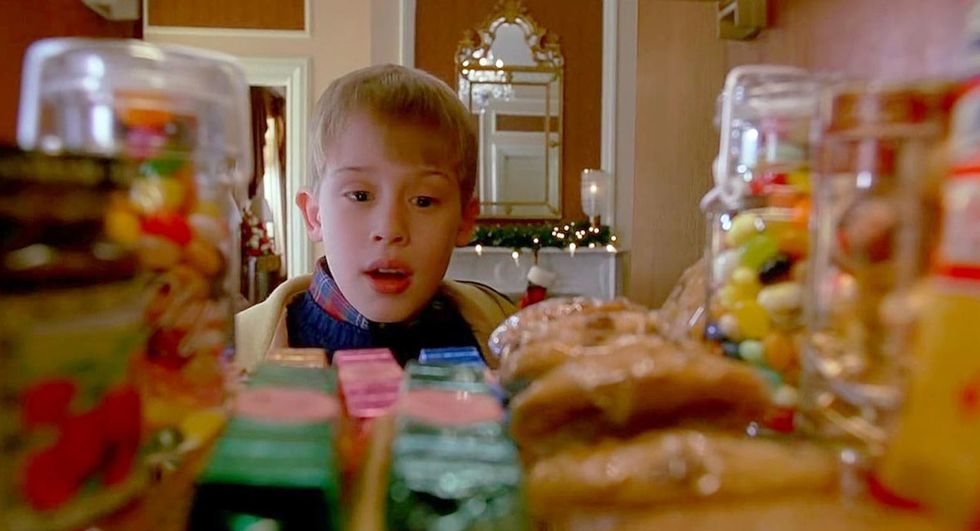
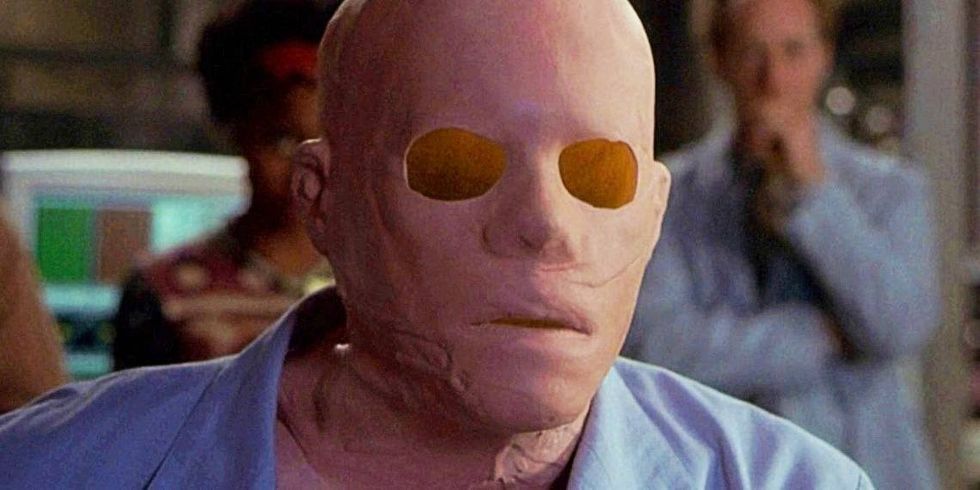
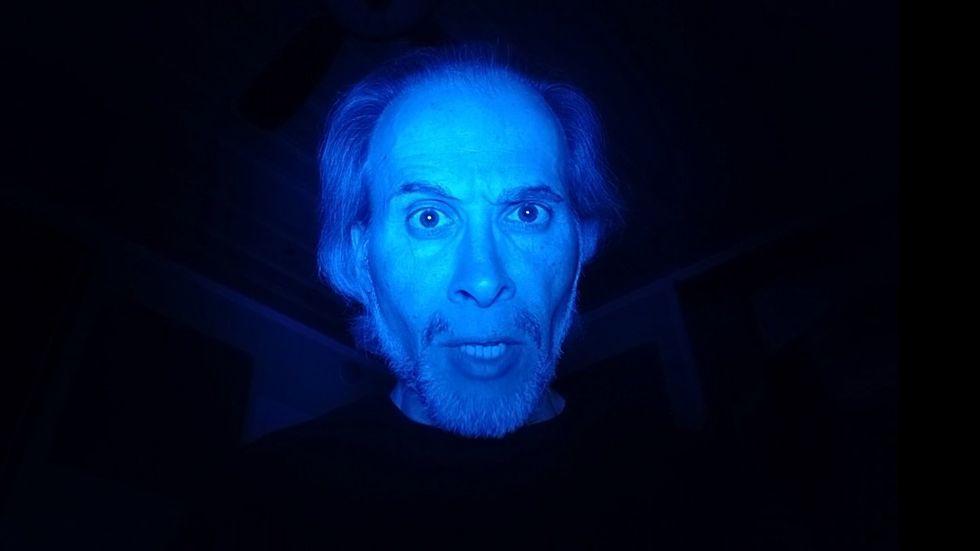
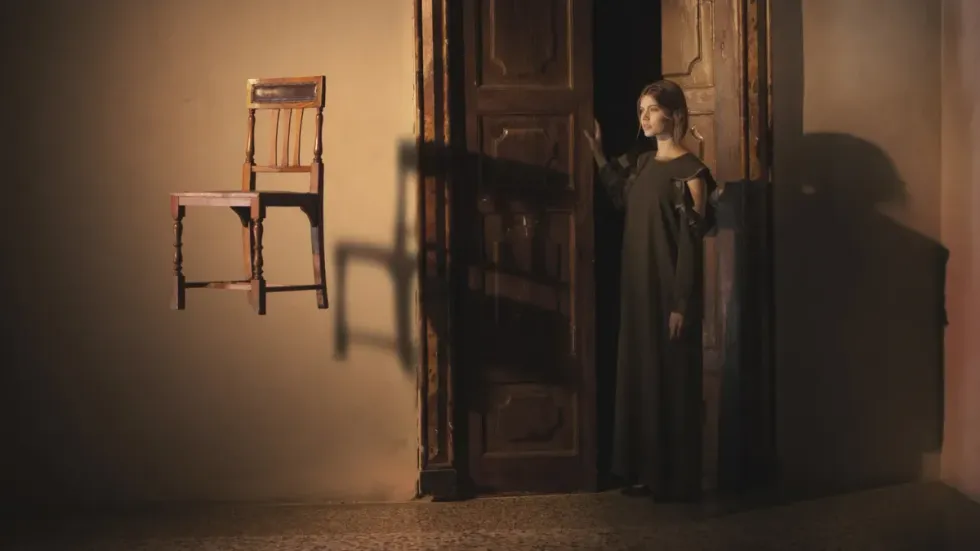
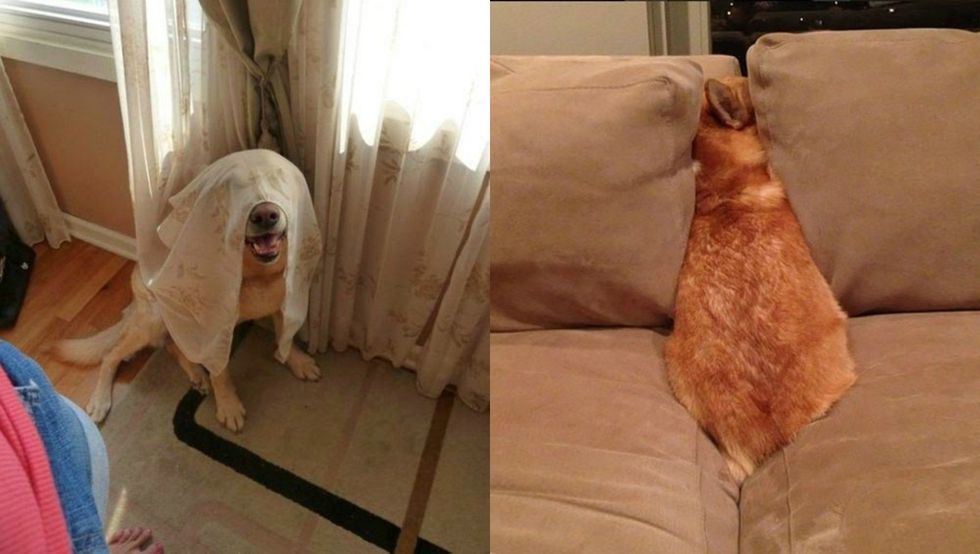
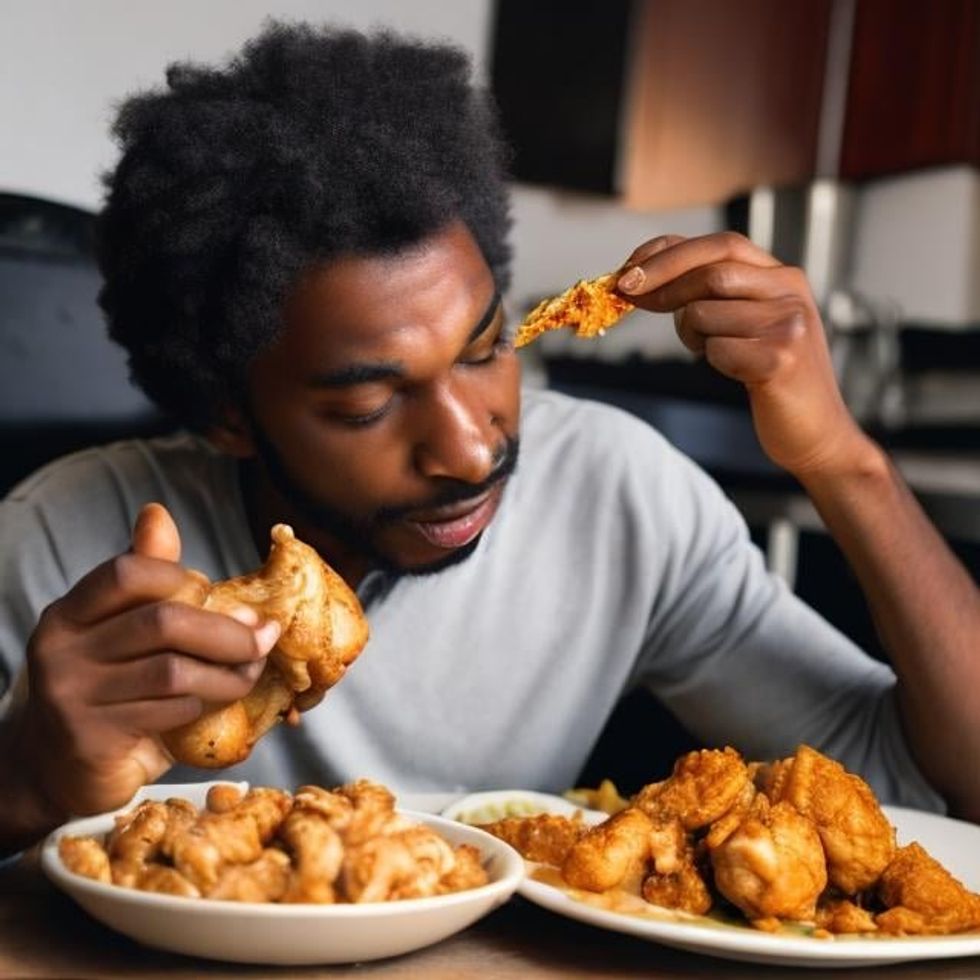
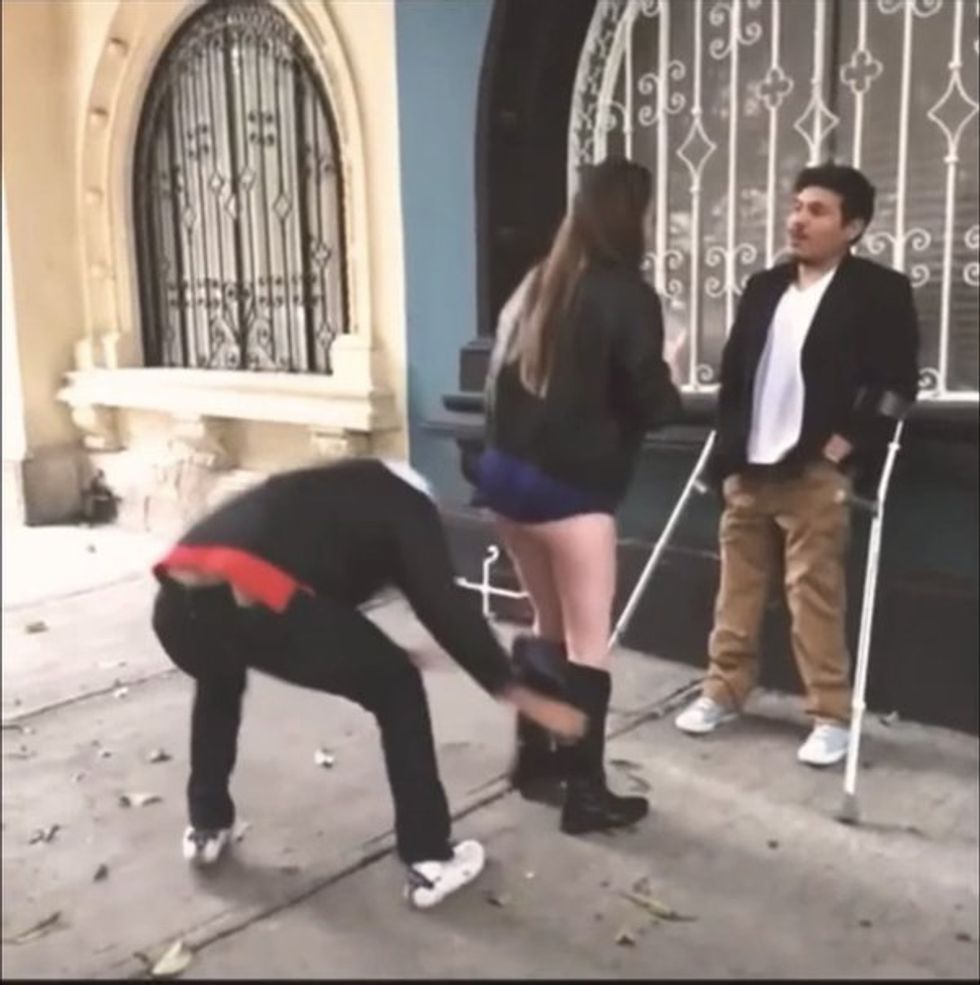

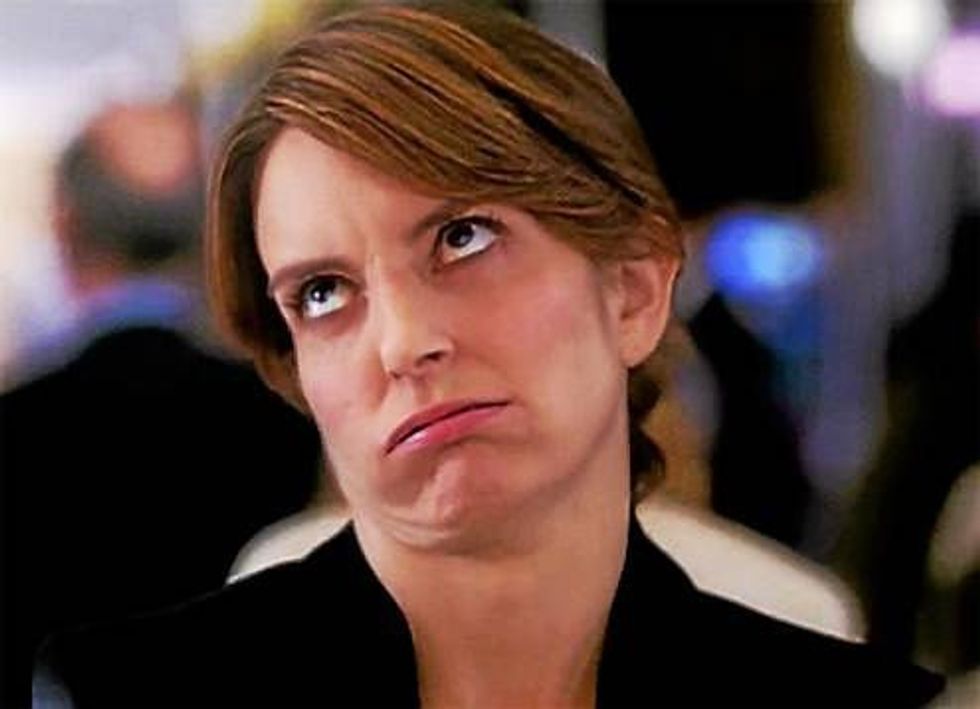
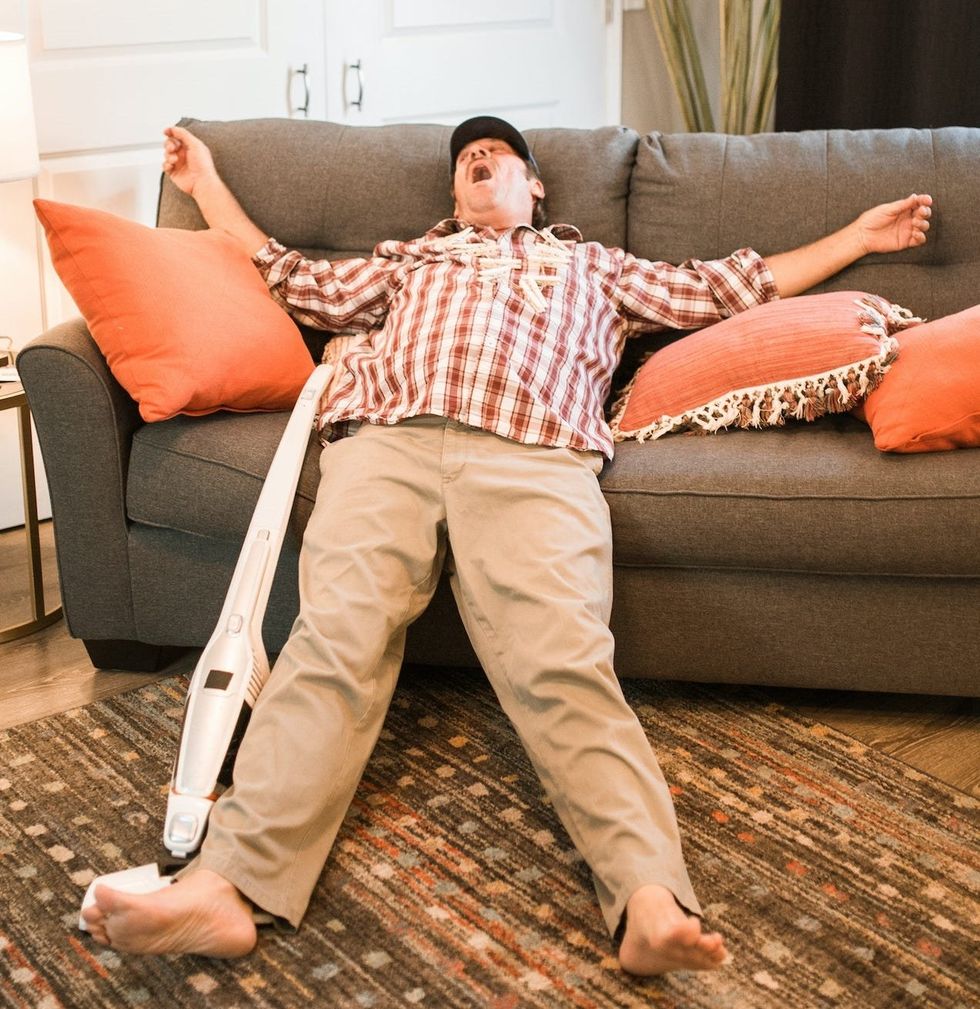
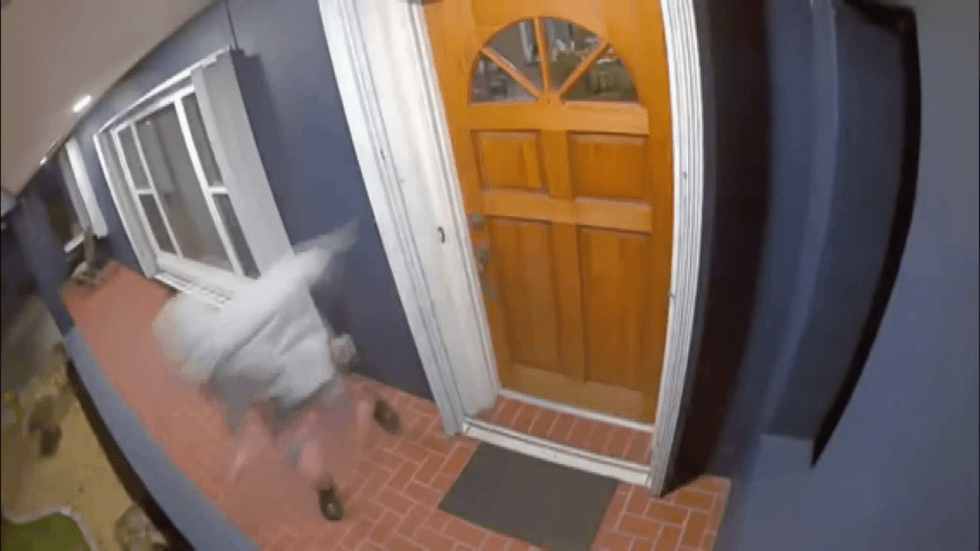


 women in street dancing
Photo by
women in street dancing
Photo by  man and woman standing in front of louver door
Photo by
man and woman standing in front of louver door
Photo by  man in black t-shirt holding coca cola bottle
Photo by
man in black t-shirt holding coca cola bottle
Photo by  red and white coca cola signage
Photo by
red and white coca cola signage
Photo by  man holding luggage photo
Photo by
man holding luggage photo
Photo by  topless boy in blue denim jeans riding red bicycle during daytime
Photo by
topless boy in blue denim jeans riding red bicycle during daytime
Photo by  trust spelled with wooden letter blocks on a table
Photo by
trust spelled with wooden letter blocks on a table
Photo by  Everyone is Welcome signage
Photo by
Everyone is Welcome signage
Photo by  man with cap and background with red and pink wall l
Photo by
man with cap and background with red and pink wall l
Photo by  difficult roads lead to beautiful destinations desk decor
Photo by
difficult roads lead to beautiful destinations desk decor
Photo by  photography of woman pointing her finger near an man
Photo by
photography of woman pointing her finger near an man
Photo by  closeup photography of woman smiling
Photo by
closeup photography of woman smiling
Photo by  a man doing a trick on a skateboard
Photo by
a man doing a trick on a skateboard
Photo by  two men
two men  running man on bridge
Photo by
running man on bridge
Photo by  orange white and black bag
Photo by
orange white and black bag
Photo by  girl sitting on gray rocks
Photo by
girl sitting on gray rocks
Photo by  assorted-color painted wall with painting materials
Photo by
assorted-color painted wall with painting materials
Photo by  three women sitting on brown wooden bench
Photo by
three women sitting on brown wooden bench
Photo by 
 Photo by
Photo by  Photo by
Photo by  Photo by
Photo by  Photo by
Photo by 


 people sitting on chair in front of computer
people sitting on chair in front of computer











